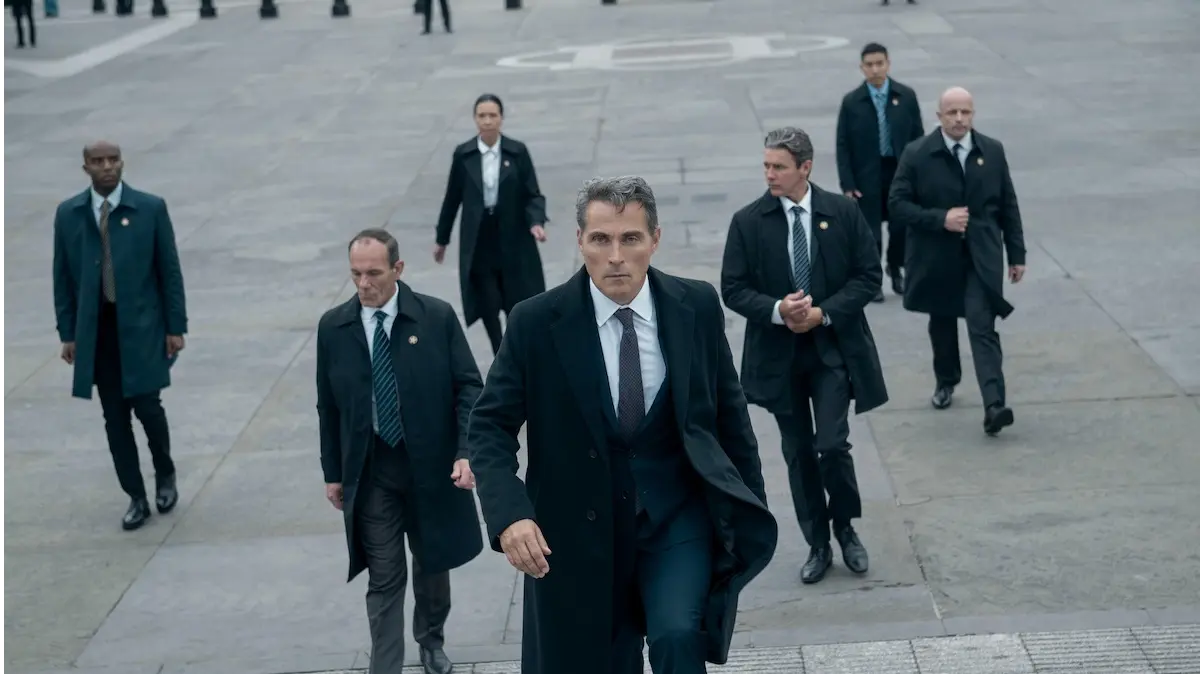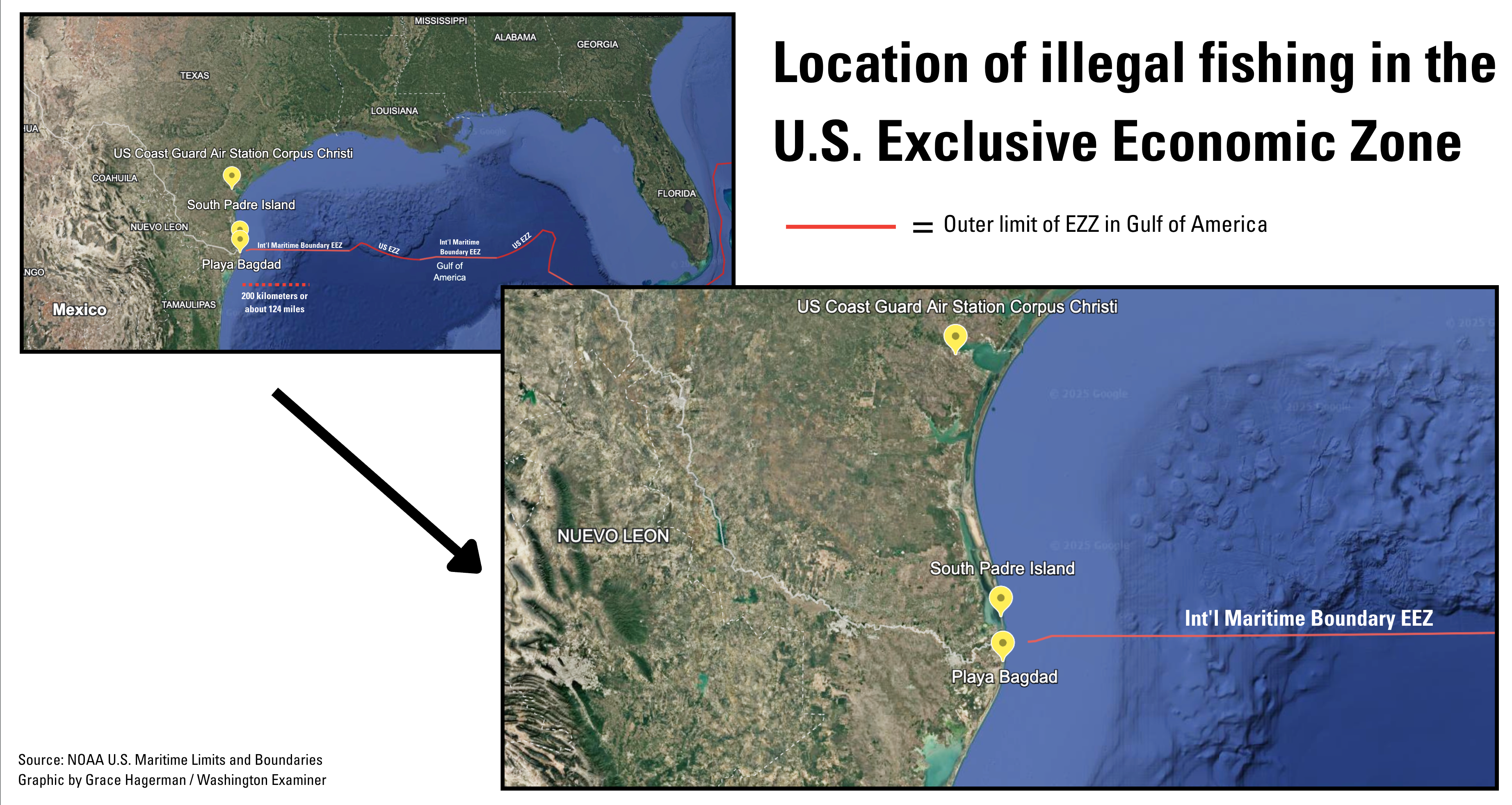Analysis of Geopolitical Themes in *The Diplomat* and Alignment with Sustainable Development Goals
The third season of the series The Diplomat utilizes the United Nations Convention on the Law of the Sea (UNCLOS) as a central narrative device to explore complex geopolitical dynamics. This analysis reframes the show’s plot through the lens of the United Nations’ Sustainable Development Goals (SDGs), particularly focusing on ocean governance, international peace, and institutional integrity.
The Law of the Sea Treaty and SDG 14: Life Below Water
The series highlights the real-world international agreement, UNCLOS, which provides the primary legal framework for governing the world’s oceans and marine resources. The treaty’s objectives are intrinsically linked to SDG 14: Life Below Water, which aims to conserve and sustainably use the oceans, seas, and marine resources for sustainable development.
- Legal Framework for Sustainability: UNCLOS establishes the rules for nations’ rights and responsibilities in marine environments, directly supporting SDG 14’s targets for the sustainable management and protection of marine and coastal ecosystems.
- Resource Management: The treaty’s provisions on the extraction of underwater resources are critical for ensuring that marine wealth is managed responsibly, a core principle of SDG 14.
- International Cooperation: In the series, the struggle to ratify the treaty mirrors real-world challenges in achieving universal participation in global governance frameworks, which is essential for the comprehensive implementation of SDG 14. The fictional portrayal of the United States being “four Senate votes short” underscores the political barriers to strengthening international cooperation for ocean conservation.
Diplomatic Integrity and its Relation to SDG 16 and SDG 17
The narrative arc of Season 3 serves as a case study on the erosion of diplomatic norms, directly challenging the principles of SDG 16: Peace, Justice and Strong Institutions and SDG 17: Partnerships for the Goals.
The plot demonstrates a significant departure from the ideals of building effective, accountable, and inclusive institutions at all levels. Key events in the season illustrate a breakdown in processes that support global peace and justice:
- Erosion of Institutional Trust: The manipulation of the treaty’s passage for political gain, rather than for the benefit of global maritime stability, undermines the integrity of governmental institutions.
- Abandonment of Diplomatic Channels: The secret seizure of a Russian nuclear torpedo, orchestrated by the United States while deflecting blame onto other nations, represents a failure of peaceful conflict resolution and a move away from transparent international cooperation.
- Undermining Global Partnerships: This unilateral action, masked by diplomatic deception, fundamentally damages the trust required for the global partnerships envisioned in SDG 17. The narrative shows how national security interests, when pursued covertly, can dismantle the cooperative frameworks necessary to address shared global challenges.
Conclusion: Fictional Narrative as a Commentary on Sustainable Development Challenges
The Diplomat Season 3 uses a geopolitical thriller framework to illustrate the profound difficulties in upholding international law and cooperation. The series effectively dramatizes how the pursuit of national power can conflict with the collective action required to achieve the Sustainable Development Goals. The storyline centered on UNCLOS serves as a potent reminder that the success of frameworks like SDG 14 is dependent on the political will to support the strong institutions and global partnerships promoted by SDG 16 and SDG 17. The show concludes that the failure of diplomacy does not merely precede conflict; it represents a significant setback for sustainable global development.
Analysis of Sustainable Development Goals in the Article
1. Which SDGs are addressed or connected to the issues highlighted in the article?
-
SDG 14: Life Below Water
This goal is directly addressed as the article’s central theme is the Law of the Sea Treaty (UNCLOS), an international agreement that “defines nations’ rights and responsibilities in the world’s oceans — from territorial boundaries to the extraction of underwater resources.” The treaty is the primary legal framework for the conservation and sustainable use of oceans and their resources.
-
SDG 16: Peace, Justice and Strong Institutions
The article heavily focuses on themes related to this goal. It describes high-level diplomacy, political maneuvering, a “constitutional crisis,” and the “quiet dismantling of diplomatic ethics in the name of national security.” The narrative of power struggles, secret deals, and the manipulation of international law to “mask an act of war” highlights the challenges in building effective, accountable institutions and promoting peaceful societies.
-
SDG 17: Partnerships for the Goals
This goal is relevant because the Law of the Sea Treaty is a cornerstone of international cooperation and global partnership for ocean governance. The article underscores the complexities of such partnerships by noting that while “ratified by 168 countries,” the United States has never ratified it. The plot revolves around the political struggle to pass the treaty, illustrating the difficulties in strengthening global partnerships for sustainable development.
2. What specific targets under those SDGs can be identified based on the article’s content?
-
Target 14.c
“Enhance the conservation and sustainable use of oceans and their resources by implementing international law as reflected in the United Nations Convention on the Law of the Sea, which provides the legal framework for the conservation and sustainable use of oceans and their resources for States Parties.”
The entire article is centered on the political and diplomatic efforts surrounding the Law of the Sea Treaty (UNCLOS), making this target the most explicit connection. The show’s plot, as described, revolves around the attempt to pass and implement this specific piece of international law.
-
Target 16.6
“Develop effective, accountable and transparent institutions at all levels.”
The article describes a scenario that is the antithesis of this target. Actions such as “secret deals with British Prime Minister Nicol Trowbridge,” the “quiet dismantling of diplomatic ethics,” and the fact that characters “secretly orchestrate the seizure of the Russian Poseidon torpedo” demonstrate a severe lack of transparency and accountability in governmental institutions.
-
Target 17.16
“Enhance the global partnership for sustainable development, complemented by multi-stakeholder partnerships that mobilize and share knowledge, expertise, technology and financial resources, to support the achievement of the sustainable development goals in all countries, in particular developing countries.”
The struggle to achieve universal ratification of UNCLOS, as highlighted by the article’s focus on the U.S. Senate being “four Senate votes short,” directly relates to the challenge of enhancing and solidifying global partnerships. The treaty itself is a mechanism for such a partnership, and the failure of a major power to join undermines its global effectiveness.
3. Are there any indicators mentioned or implied in the article that can be used to measure progress towards the identified targets?
-
Indicator for Target 14.c
The article explicitly provides a measure for the corresponding indicator (14.c.1: Number of countries that are parties to UNCLOS). It states that the treaty was “ratified by 168 countries — but not by the United States.” The storyline of Vice President Hal Wyler being “four Senate votes short” of passing it provides a narrative metric for progress (or lack thereof) towards this indicator.
-
Indicator for Target 16.6
While no formal indicator is mentioned, the article implies a qualitative measure of institutional accountability. The descriptions of actions taken “in the name of national security,” where credibility is “weaponized to mask an act of war,” serve as negative indicators. Progress would be measured by the absence of such secret, non-transparent, and manipulative actions by government bodies in international relations.
-
Indicator for Target 17.16
The article implies an indicator related to the inclusiveness of global partnerships. The fact that a major global power like the United States has not ratified a critical international agreement like UNCLOS is a clear indicator of an incomplete global partnership. The number of signatories and ratifying states for major international conventions serves as a direct measure of the strength of these partnerships.
4. Table of SDGs, Targets, and Indicators
| SDGs | Targets | Indicators |
|---|---|---|
| SDG 14: Life Below Water | Target 14.c: Enhance the conservation and sustainable use of oceans and their resources by implementing international law as reflected in UNCLOS. | Mentioned Indicator: The number of countries that have ratified UNCLOS. The article states this number is 168, highlighting the US’s non-ratification as a key issue. |
| SDG 16: Peace, Justice and Strong Institutions | Target 16.6: Develop effective, accountable and transparent institutions at all levels. | Implied Indicator: The prevalence of secret, non-transparent actions by governments. The article describes “secret deals” and “dismantling of diplomatic ethics” as negative measures of this. |
| SDG 17: Partnerships for the Goals | Target 17.16: Enhance the global partnership for sustainable development. | Implied Indicator: The level of participation and ratification of key international agreements by major global powers. The US’s failure to ratify UNCLOS is presented as a weakness in the global partnership. |
Source: primetimer.com







